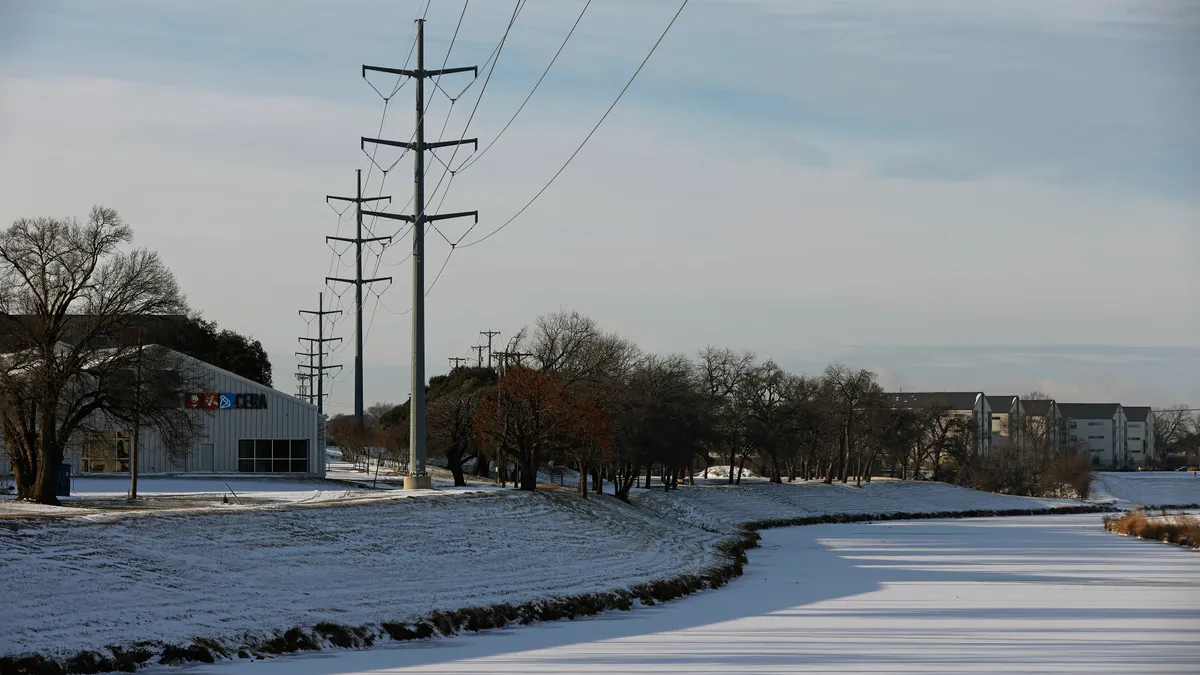The following is a contributed article by David Boyd, a former MISO executive and chair of the Minnesota Public Utilities Commission, now a consultant affiliated with AESL Consulting.
FERC took a dramatic step this summer to set up a joint task force with state utility regulators to problem-solve around one of the most intractable issues in electricity policy: transmission. It is rare, almost to the point of being unheard of, that a formal body is convened to tackle such an issue, even when it has been obvious that jurisdictional cooperation and even coordination is the best path forward.
So, FERC and state regulators deserve kudos for this step. But they should also make sure they don't miss a golden opportunity to tackle wholesale market reform issues, which are synergistic with transmission and in need of a similarly large dose of cooperation as the pace of decarbonization picks up.
FERC's June 17, 2021, and August 30, 2021, orders creating the task force, and its first meeting in November on the sidelines of the National Association of Regulatory Utility Commissioners' (NARUC) Annual Meeting, revive formal dialogue between the states and the FERC. Siting and paying for new transmission require coordinated regulation at all levels of government, so they are good topics for federal-state discussion. But Chairman Glick correctly pointed out that market issues are another potential area of mutual interest in his comments at the NARUC Summer Policy Summit.
Market reform is especially critical in those places where power plants' business model is closely linked to the competition that exists in eastern wholesale markets. In ISO-New England, PJM, and the New York ISO, problems of coordination between state and federal policies could hinder progress or raise the cost of ambitious state clean energy policies. Accordingly, like transmission, state-federal cooperation in market reform is both vital and there are signs that the market reform topic is also ripe for a state-federal cooperative effort.
At FERC's May 2021 technical conference, as stakeholders and ISO New England executives discussed how state clean energy policies could be integrated into the wholesale markets, there seemed to be a "turn the page" moment. Every presenter spoke of the expected demise of the controversial Minimum Offer Price Rule (MOPR) in New England, but more importantly turned the conversation to focus on the "what now?" question since the underlying issue of the effects of state policies on electricity markets is not going away. There seems to be a similar conversation going on within the PJM capacity market.
Elimination of the MOPR alone will not bring state policy preferences into the RTO markets without additional market design reforms. At its core, MOPR and related policies are intended to mitigate the financial effects of state policies on FERC's markets — a kind of "walled garden" approach to its regulation. ISO-New England has started to think thoughtfully about turning that paradigm on its head, by translating state policies into an expression of demand for a defined product within FERC's markets. In that kind of market, states through their policies and customers through their voluntary purchases would determine the demand for clean energy. The federally regulated markets would be a platform for trade and optimization of clean energy and clean energy attributes with other products. PJM has thus far approached these topics more gradually, moving quickly to strip out the MOPR without a proactive design on state policy integration.
The emergent answer to state/federal tension in this field is a marriage — or at least a serious relationship — of state and federal regulation and policies in the form of a market for clean energy. There is, however, reason to worry that RTO stakeholder processes will not get this across the finish line, without receiving attention from states and FERC in the meantime.
Rather than expecting a stakeholder process of market participants to get this job done, FERC and the states should scope and solve some of the federal-state jurisdictional and policy issues before the niceties of market design are resolved.
The timing is urgent. Many states are seeking to decarbonize the power sector within 10 to 15 years. States will struggle to reach meaningful levels of decarbonization — let alone a net-zero outcome — without regional scale that really is only possible through the FERC wholesale markets. States at the ISO-New England technical conference seemed to be saying the time for action was yesterday. The ball is in FERC's court to add to the momentum on the next generation of market design (rather than just stripping out objectionable features of the last administration).
FERC and the states must continue to identify areas where FERC regulated markets can be a vehicle to accomplish state generation-related policies, and to reach consensus on principles for how a truly regional trade in clean energy might occur. While a formal FERC-NARUC dialogue on electric transmission issues is laudable, the spark of cooperative federalism can be allowed to burn brighter.






















